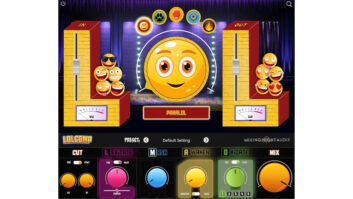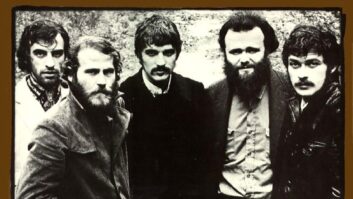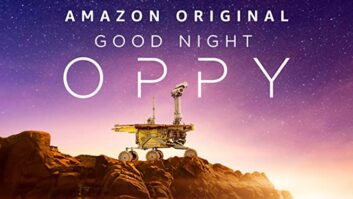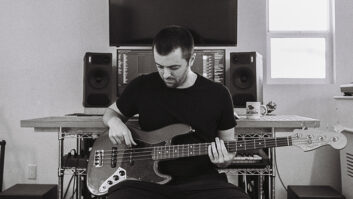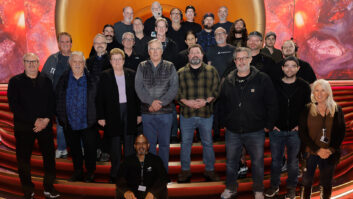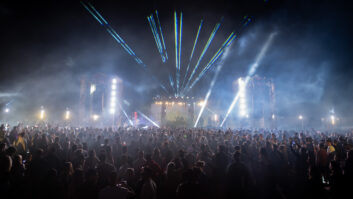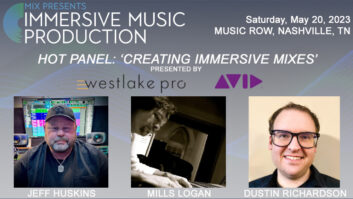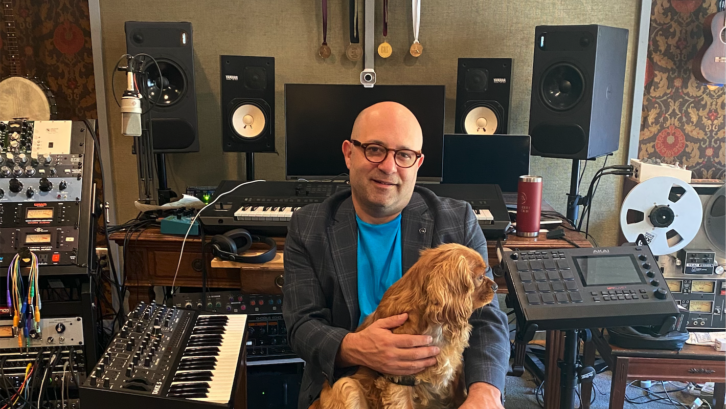
Nashville, TN (November 17, 2022)—While award-winning record producer Daniel Tashian and his wife were checking out the house that would become their current Nashville-area home, they spotted a garage out back. “I said, ‘Look, a garage to build a dream on.’ And it really has been this wellspring,” Tashian says. “So many things that I’ve done out there have sustained me.”
Tashian has certainly realized some dreams in his garage, which he repurposed as Royal Plum recording studio, continuing to build on a career that includes writing hits for country stars like Kacey Musgraves, Lee Ann Womack and Tenille Townes. In 2020, he co-wrote, co-produced and co-engineered the Grammy-nominated Blue Umbrella EP with Burt Bacharach. For Christmas 2021, he released It’s a Snow Globe World, produced and co-written in collaboration with Rita Wilson, Karen Elson, Patty Griffin and Sarah Buxton.
The latest to come out of the garage of dreams is Night After Night, a new solo album from Tashian himself, who began his career as a musician and songwriter. Three years in the making, the project reconnected Tashian with an old family friend: Paul Kennerly, the UK-born, Nashville-based songwriter responsible for a string of hits by The Judds, Emmylou Harris (to whom he was married for eight years), Tanya Tucker and others.
Tashian had known Kennerly from when he was a child and his parents, Barry and Holly, were a successful bluegrass duo. In 1981, Kennerly wrote Emmylou a Number-One hit, “Born to Run,” that featured guitar and backing vocals by Barry Tashian, who also played in Harris’ legendary Hot Band.
Daniel Tashian recalls that he was working on Kacey Musgraves’ Golden Hour—his first major label production gig and an album for which he co-wrote seven of the 13 songs, later taking home his two Grammy Awards, including for Album of the Year, as well as an ACM and a CMA Award—when he received a call from Kennerly.
“I had sent him a letter just because I hadn’t heard from him in a long time,” Tashian says, “but he had moved, and it went to his old house, and it took six months to finally make it to him.”
OLD FRIENDS TOGETHER
Night After Night features nine songs, all co-written by Daniel Tashian and Kennerly. “He’s got a sound to what he does, and he has not deviated from that for 40 years,” Tashian marvels. “The genesis of the songs is a kind of a séance that Paul likes to get into with the acoustic guitar, where you just start getting these trancey kinds of grooves going.” Typically, the songs involve only three or four chords, he says: “But somehow you can get an endless variety out of that combination.”
That propulsive groove drives many songs on the new album, and can even make drums superfluous. “Even the ballads have to be supported by eighth notes,” Tashian says.
The project was almost entirely tracked at Royal Plum, mainly by multi-instrumentalist Tashian, who laid down as many as six acoustic guitars on the songs. There are guests, too: Buddy Miller on baritone guitar and octave mandolin; Russ Pahl, who has worked with Sturgill Simpson, Yola and Tyler Childers, on pedal steel; and Sarah Buxton, whose credits include Miranda Lambert, Kenny Rogers and Keith Urban, on background vocals. This being Music City, talent is often just a stone’s throw away.
Keeping the Crowd in a Billy Joel State of Mind
“My neighbor, Mike Poole (Robert Plant, Shawn Colvin, Patty Griffin.) helped me a tremendous amount,” Tashian notes. “He mixed it, and he would tell me I needed a guitar here or an organ there. Night After Night was mastered by Pete Lyman at his Infrasonic facility.
“Paul would also pop his head in from time to time,” Tashian adds, “and he’d say, ‘You’ve got to think that line over again,’ or, ‘Why are you playing this song so slow?’ One time, I was doing ‘One Tear Fell’ and he said [adopting an English accent] ‘It’s positively funereal!’”
AT HOME AT ROYAL PLUM
Royal Plum is equipped with Pro Tools and a collection of Universal Audio interfaces, clocked by Burl Bomber converters. “I have some Vintec Neves, some Shadow Hills 500 Series modules and Inward Connections compressors,” Tashian says. “One thing I really like is the Warm Audio LA2-A copy, the WA2-A. I’ve been playing bass and doing vocals through that.”
As for transducers, “I have a little Neumann mic, a Soundelux 251 that Paul gave me, and a few Beyer ribbon mics. I have a Gefell condenser mic that’s nice for guitars. Mostly, other than that, it’s [Shure] 57s and 58s, which is what I use on the drums. I’d like to get a Coles drum overhead; right now, I have a Cascade.”
To add a little flavor, Tashian has a few choice goodies, including a Space Echo and a variety of Chase Bliss stompboxes. “I have the Chase Bliss CXM 1978 reverb sitting on my desk. It has a balance mode, so you can use it as an insert.”
He adds, “I’ve got a tape machine, too—a TEAC 4-track. I’ve got that on a loop coming out of Pro Tools and back in, and I smash it; the meters are just banging on that thing. I don’t do it because I think it’s a smart thing to do; I do it because people seem to like that sound.”
Meanwhile, the SSL Fusion multi-processor. has perhaps had the most impact on his productions of late. “On a lot of stuff that I end up mixing out of here that I do for films, like the Elvis movie with Kacey, there’s not a ton of stuff on the tracks. When you run things like that through the Fusion, it’s really nice.” [Musgraves’ cover of the classic Elvis Presley ballad, “Can’t Help Falling in Love,” a bare-bones, piano-and-vocal rendition produced, recorded and mixed by Tashian, is featured on the soundtrack of director Baz Lurhman’s new biopic.]
Changing monitors has also improved his mixes, he says, noting that he was using “these really nice speakers for a little while,” but his mixes never translated particularly well to other spaces. “Now, with NS10s, it actually sounds better at other places.”
Daniel Tashian essentially picked up his engineering and mixing chops by osmosis, working with some of the industry’s best. His first album after he signed to Elektra Records at age 19, 1996’s Sweetie, was produced by T Bone Burnett.
“He told me to just mix like you’re mixing a band in a club, like how you would like to hear it,” he recalls. “I’ve done a couple of records with Shawn Everett mixing. He just has a certain way of being respectful of audio and disrespectful, and not being afraid to try different things. But I think one of the best teachers is just doing it and making mistakes.”
